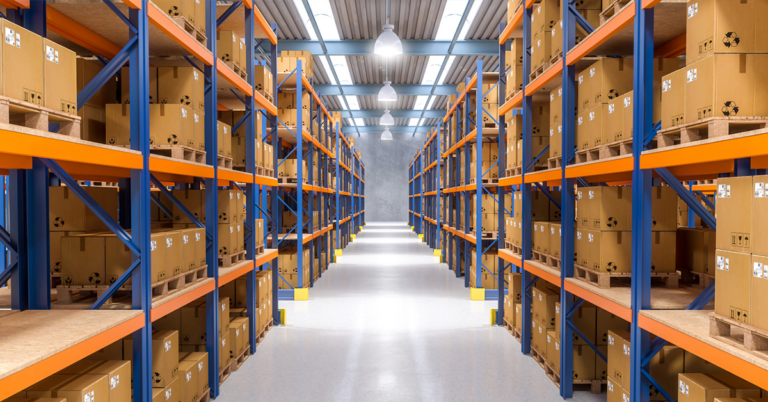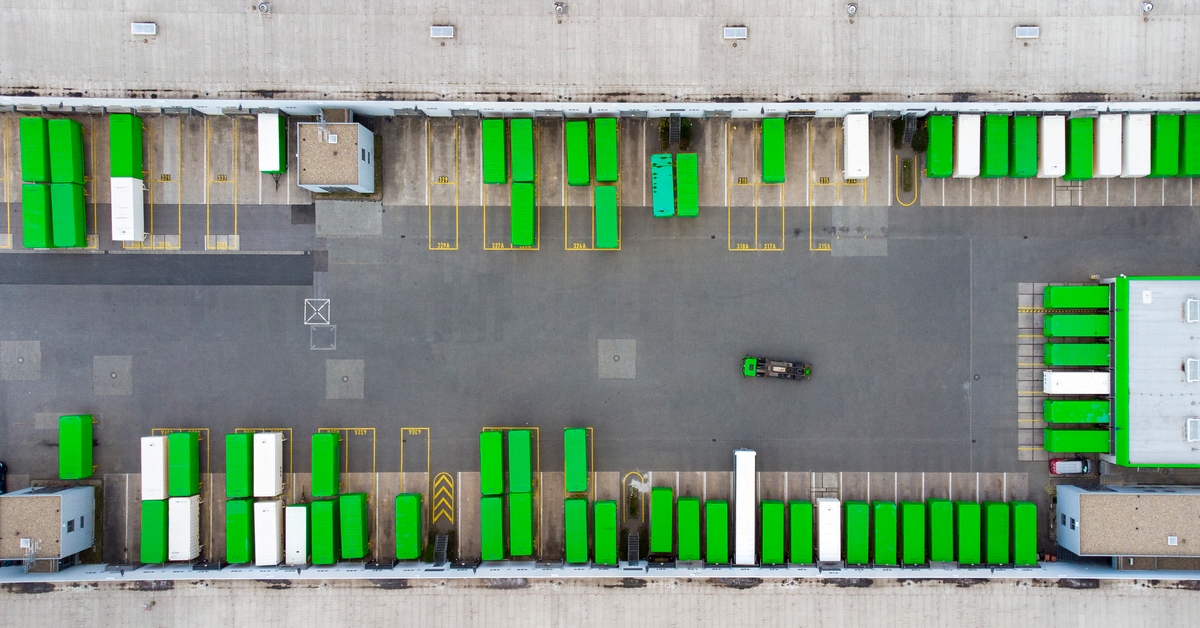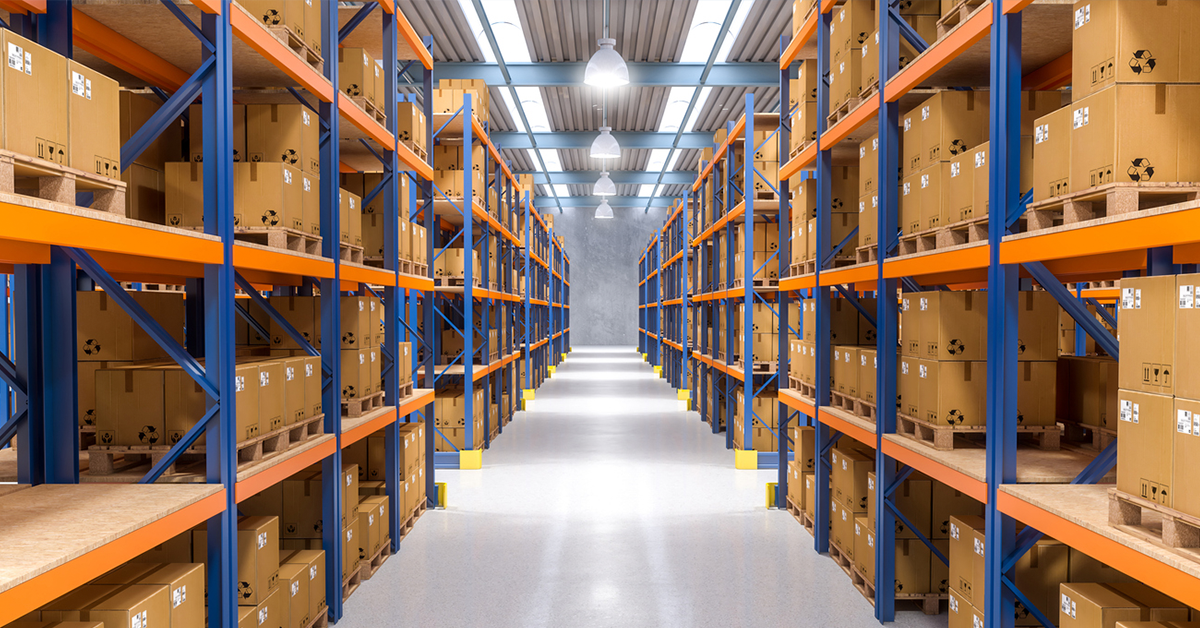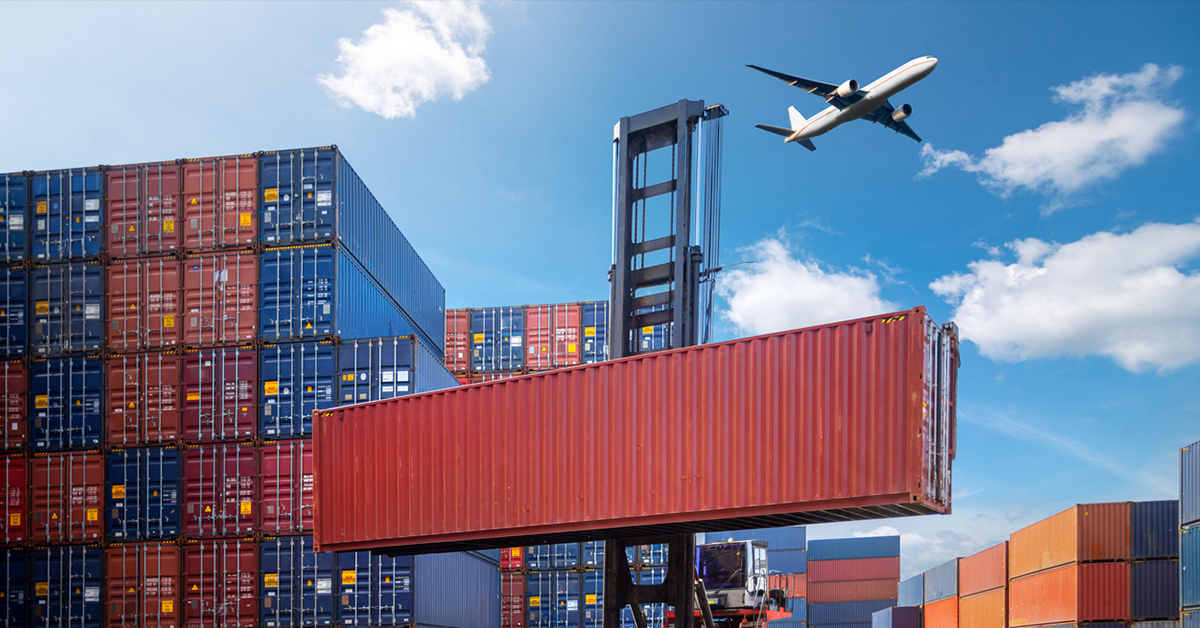Supply chain management is constantly met with hurdles that need to be overcome effectively. Some of these hurdles include visibility issues, siloed tech, lack of process automation, poor collaboration, and inflexibility.
Another massive challenge that shippers and 3PLs face is the issue of sustainability. A study by the United States Environmental Protection Agency (EPA) revealed that transportation is the most significant contributor to greenhouse gas emissions, and makes up 27% of all greenhouse gas emissions in the U.S. Seventy percent of U.S. freight is hauled by trucks. Shippers recognize the effects that heavy-duty vehicles have on the environment, and look to find ways to go green.
Discover seven ways that shippers and 3PLs can achieve sustainability goals with some tweaks in operations and through cutting-edge technology.
1. Transform digitally
Siloed tech due to manual processes make it hard to manage supply chains efficiently, and the solution to this is API integrations. Application programming interfaces (APIs) allow two applications to communicate with one another, which results in streamlined data management and a single place to manage all processes, including inventory management, orders, accounting, and more. A self-service hub for members of the supply chain process to add and manage multiple external applications serves as a pillar for success when it comes to automation and productivity.
2. Slash idling through mobile, self-service tools
Idle times for pick-ups and deliveries are a killer of productivity and a major obstacle when shippers and 3PLs want to go green. For every 10 loads with 30 minutes of idle time in each load, there are five idle hours, which result in 22,000 grams of CO2 emitted into our atmosphere. The solution? Let drivers choose the best time for pick-ups and deliveries that are favorable to both shippers and drivers. An appointment scheduling tool allows drivers closest to a shipper or 3PL’s warehouse or dock to schedule a pickup so that no additional miles are wasted, and assets are utilized efficiently.
3. Eliminate deadheading, the enemy of sustainability
There is no greater contribution to unproductivity and toxins added to our air than an empty truck. Shippers, drivers, and 3PLs can optimize routes to reduce miles and simultaneously make sure that progress is constantly made to move freight. To meet sustainability goals, deadheading has to be eliminated as much as possible.
4. Remove digital blind spots
Customers can also add to the carbon footprint when they have to drive to a store to follow up on their order, after multiple failed attempts to get in touch with companies. Shippers and 3PLs should have an option to share links with their customers and other stakeholders to ensure that their delivery is being managed properly, which not only puts everyone at ease but also eliminates wasted time and frustration due to poor communication.
5. Measure carrier performance
Shippers and 3PLs should be able to track carriers’ performances to see which ones lead the way in going green. They can choose the most optimal routes and timings for pick-ups and deliveries and avoid deadheading. A convenient dashboard view can allow shippers and 3PLs to find the best carriers, save on miles through route optimization features, optimize inventory to ensure that the minimal number of trucks are being used, and track other crucial analytics that directly contributes to a cleaner environment.
6. Reduce waste
Tracking shipments is simple, but many companies struggle to track all the inventory going in and out of the warehouse. The best and most time-efficient way to solve this problem is to use a transportation management system that automatically updates inventory as shipments are being tracked in real-time.
This is especially needed for businesses in the cold storage industry, where perishable inventory spoilage is a major problem. An inventory tracking solution can decrease inventory holds to avoid order shortages and in turn, waste less perishable goods.
7. Operate SaaS in the cloud
On the topic of profitability, shippers and 3PLs quickly realize that they should leverage the cloud to become both more profitable and greener. When organizations use cloud systems over on-premise systems, they become more energy efficient and reduce unnecessary costs that are incurred in efforts to set up and maintain data servers. Cloud computing is more scalable, less stressful, and a stellar profit opportunity.
Technology makes massive strides to tackle common environmental issues. A collaborative transportation management system (TMS) provides end-to-end visibility in a company’s supply chain. Shippers and 3PLs can unify their supply chain and ensure that no more energy is wasted due to a lack of proper resources, and profitability opportunities are not sacrificed due to errors in the supply chain.
Turvo is the world’s leading Collaborative TMS application designed for the supply chain. We allow shippers, logistics providers, and carriers to unite their supply chains, deliver outstanding customer experiences, collaborate in real-time, and accelerate growth. by connecting people and organizations. Turvo connects people and organizations, allowing shippers, logistics providers, and carriers to unite their supply chains, deliver outstanding customer experiences, collaborate in real-time, and accelerate growth.










